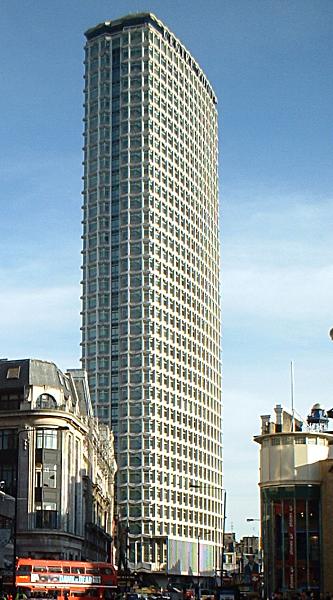Brutalism Architecture

The 1900s brought new stylistic approaches to London, a booming city post the Great War. Art Deco, Brutalism, and Post Modernism are among them. Focusing on Brutalist architecture which reigned from 1945 to 1980, it is composed of bare minimum building materials including exposed concrete, and angular shapes. Prominent architects Alison and Peter Smithson referred to Brutalism as “an ethic, not an aesthetic”, which served as an objective way to perceive reality. In addition to this, their goal was to “combine the community of the Victorian slums with the efficiency and density of Le Corbusier’s housing blocks, it instead became known for structural problems and a crippling crime rate and ended the pair’s public career(Goodwin)”. Another goal of their brutalism was to confront observers, travelers, and residents on the realities of their working-class architectural future. These realities included traffic, air pollution, vandalism, and lack of quality. Although not built by Alison and Peter Smithson, Centre Point building in Central London within the St. Giles locale contains major elements of Brutalism. Reaching 34 towers high, it consists of bare concrete grids with glass paneling interior. Construction on Centre Building began in 1963 and was finished in 1966 making it one of London’s first sky-scrappers. Today, it contains flats but previously it was an office space building. After completion, it was vacant for many years and gained the nickname “London’s Empty skyscraper” which, to me, is fitting for Brutalism. With the introduction of a nearby homeless charity, Centrepoint, in 1969, Centre Point garnered little interest from property developers, sellers, and buyers. To me, again, this speaks clearly to Smithson’s ideas of Brutalism. Before it became individual apartment complexes, it was housed by the Confederation of British Industry for 33 years. Today, interior refurbishing led by Almacantar caused less than half its units to be sold. The emptiness and lack of humanness within the apartment at night cause a ghostly feel to it at night.
Davies, Colin (2017). A New History of Modern Architecture. London: Laurence King Publishing. p. 277. ISBN 978-1-78627-056-6.
Goodwin, Dario. “Alison and Peter Smithson: The Duo That Led British Brutalism.” ArchDaily, ArchDaily, 22 June 2020, https://www.archdaily.com/645128/spotlight-alison-and-peter-smithson.
Gould, Mark (16 June 2004). "Community spirit". The Guardian. Retrieved 15 May 2019.
Smithson, Alison and Peter (April 1957). "The New Brutalism". Architectural Design.
Rupert Neate (31 October 2018). "Brutalist market: Flats at London's Centre Point taken off market". The Guardian.
